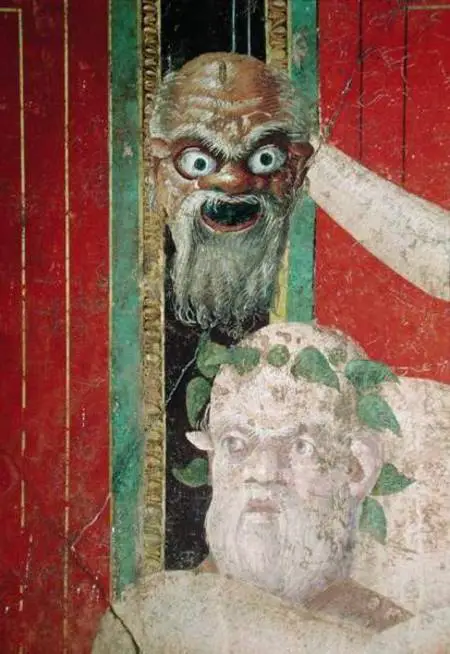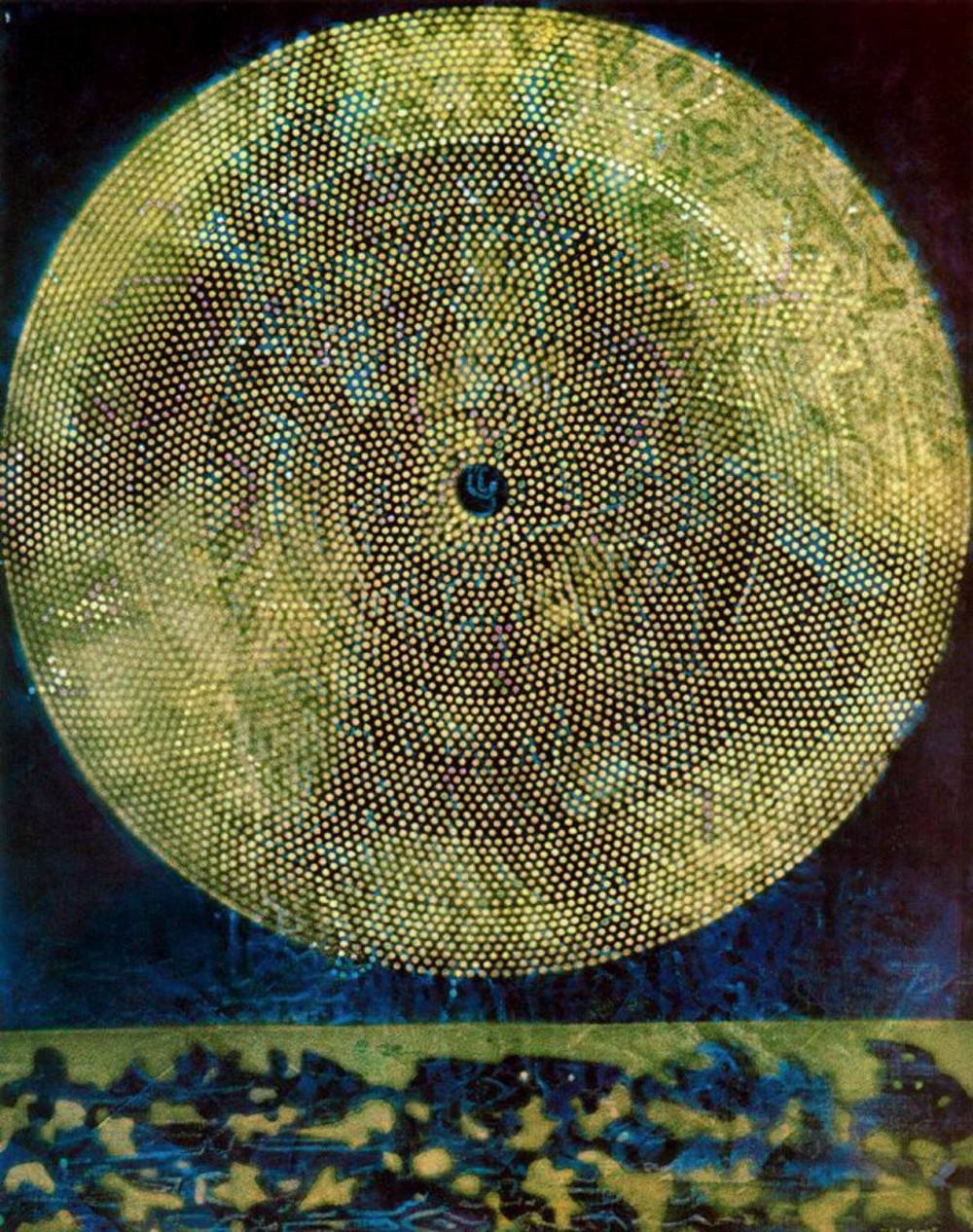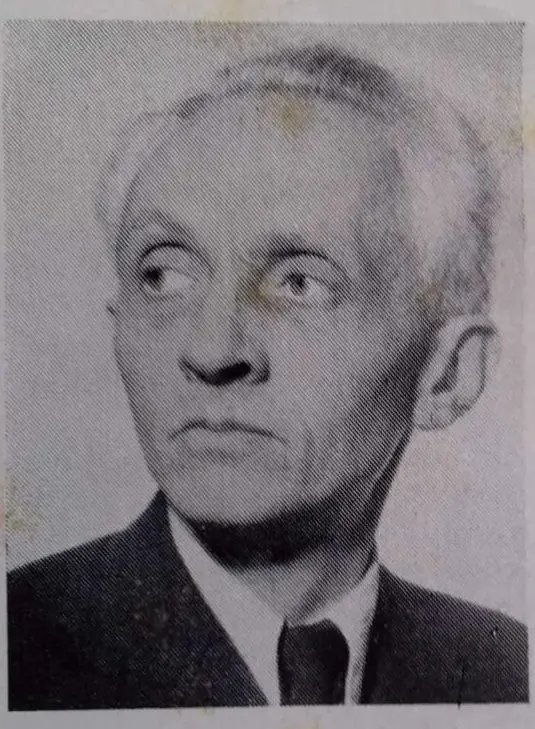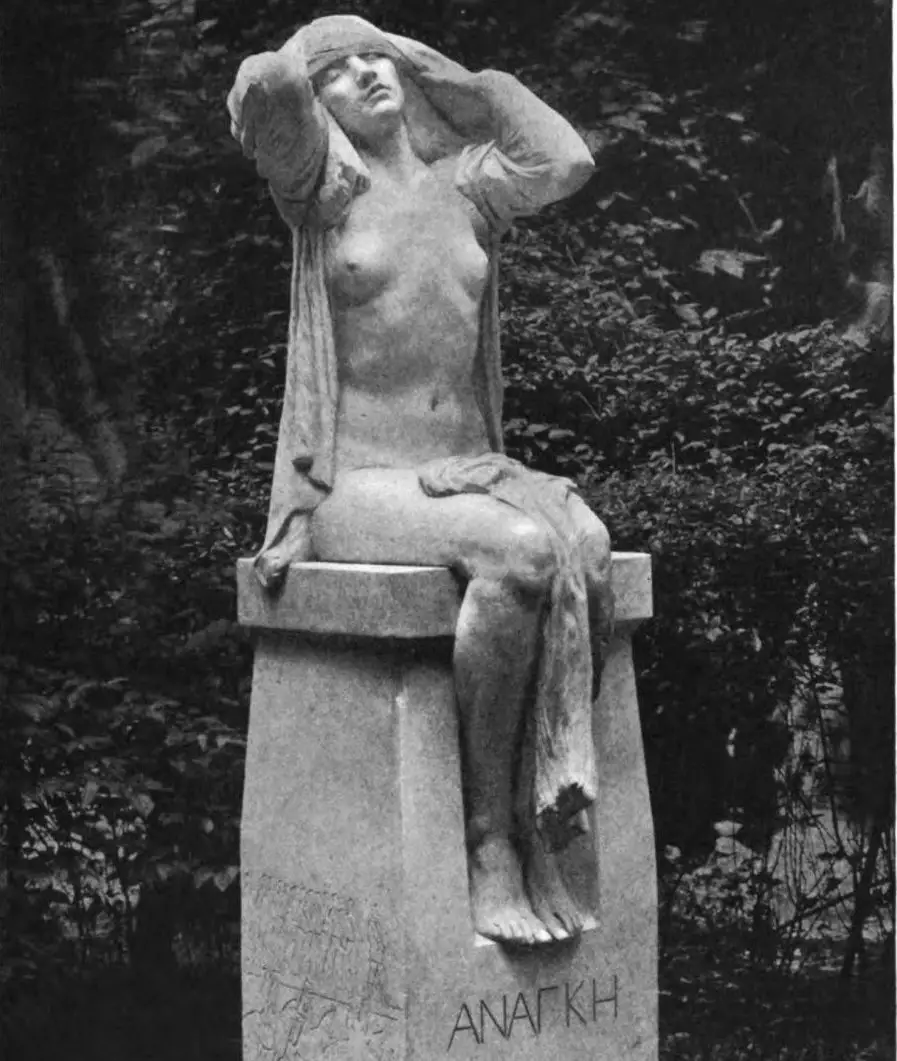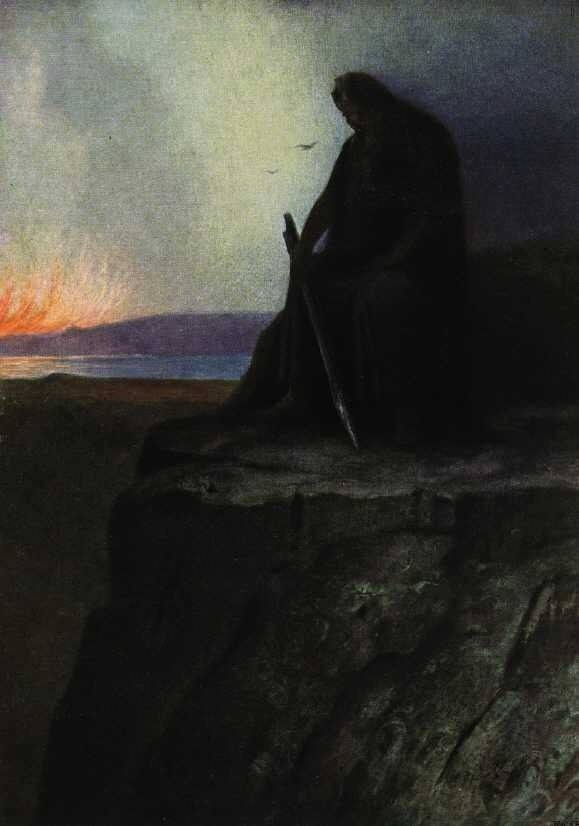Tag: Karoly Kerenyi
The Puer and the Kore for Károly Kerényi: uncertainty, origin and foundation
From the analysis of the two mythological figures of Puer Aeternus and Kore in the demetric mysteries of Eleusis, in the studies of the Hungarian historian of religions Károly Kerényi and in the comments on these by Carl Gustav Jung, the importance of the "original" and "founding" character emerges "Of the Greek myth, the enigmatic link between being and non-being, the one between life, love and death that allow us to express through symbolic relationships a cosmic process in which man's existence is close to reality.
Dionysus in the mirror: the mask, the Daimon and the metaphysics of the "other-than-self"
The mask and the metaphysics of the "other-than-self": the youthful initiations in ancient Rome and the Dionysian symbolisms according to Károli Kerényi and Walter Otto; L'"archetypality and paradigmatic nature of the archaic man "who, according to Mircea Eliade," recognizes himself "truly himself", only to the extent that he ceases to be "; the Daimon and the "Antithetic Mask" in WB Yeats's Vision; Dionysus in the mirror, Vishnu who dreaming creates the countless worlds and Thomas Ligotti's "solipsistic god of dreams".
The interiority is formed in chronospheres
In our psyche, especially in the unconscious, time is not only marked by numerically measurable intervals, like those of a chronometer, nor by cause and effect relationships, but also by many qualitative moments that reverberate with each other with own rhythms.
Sacredness, myth and divinity in the civilization of the ancient Sardinians
The chosen land of a heroic and warrior elite who lived pervaded by the dimension of the Sacred, Sardinia can rightly be counted among the most important spiritual centers of antiquity: the aim of this study is to reconstruct through the lenses of history, of myth and tradition the development of the ancestral Sardinian ethnos and its culture
K. Kerényi: "The mythologem of timeless existence in ancient Sardinia"
Extract from the essay by Károly Kerényi "The mythology of timeless existence in ancient Sardinia ", adapted from Myths and Mysteries, and. Einaudi, Turin, 1950, pp. 413 - 423.
G. de Santillana: “History to be rewritten”. Reflections on "Ancient Fate" and "Modern Affliction"
(image: Gilbert Bayes, ananke, sculpture)
Extract from the essay by Giorgio de Santillana «History to rewrite", Written in 1968 and published the following year by the Massachusetts Institute of Technology, later (1985) translated and published in Italy by Adelphi in the collection of writings entitled"Ancient fate and modern fate».
Preface and notes by Marco Maculotti. Our italics.
Cernunno, Odin, Dionysus and other deities of the 'Winter Sun'
di Marco Maculotti
cover: Hermann Hendrich, "Wotan", 1913
[follows from: Cosmic cycles and time regeneration: immolation rites of the 'King of the Old Year'].
In the previous publication we had the opportunity to analyze the ritual complex, recognizable everywhere among the ancient Indo-European populations, centered on theimmolation (real or symbolic) of the "King of the Old Year" (eg. Roman Saturnalia), as a symbolic representation of the "Dying Year" that must be sacrificed to ensure that the Cosmos (= the order of things), reinvigorated by this ceremonial action, grants the regeneration of Time and of the 'World' (in the Pythagorean meaning of Kosmos like interconnected unit) in the new year to come; year which, in this sense, becomes a micro-representation of the Aeon and, therefore, of the entire cyclical nature of the Cosmos. Let's now proceed toanalysis of some divinities intimately connected with the "solstitial crisis", to the point of rising to mythical representatives of the "Winter Sun" and, in full, of the "King of the Waning Year": Cernunno, the 'horned god' par excellence, as far as the Celtic area is concerned; Odin and the 'wild hunt' for the Scandinavian one and Dionysus for the Mediterranean area.



